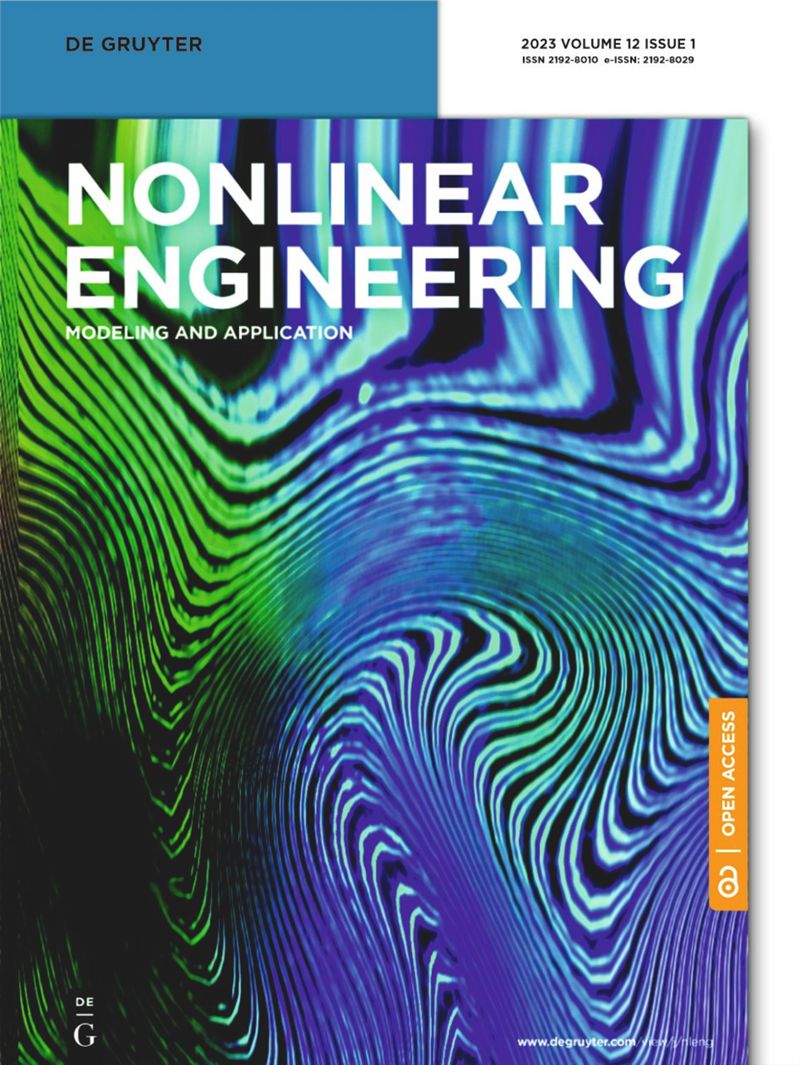非线性几何固体力学问题中结构临界荷载的修正能量法研究
IF 2.4
Q2 ENGINEERING, MECHANICAL
引用次数: 0
摘要
几何非线性分析是解决载荷致破坏和结构屈曲分析等问题的必要手段。虽然数值方法被推荐用于估计精确解,但它们在存在分岔点时缺乏必要的收敛性,使得使用这些方法寻找平衡路径具有挑战性。因此,采用修正能量法来代替常用于求解具有非线性和分岔点的准静态问题的数值方法。本研究的最终目的是通过修正能量法来确定结构的临界荷载,而不是使用力、位移和约束之间的关系来解决问题的其他方法。本文首先介绍了这类问题的能量法,然后逐步详细介绍了其计算步骤。将该方法应用于桁架和框架结构等数值算例,并在MATLAB软件中进行编码,得到了数值结果。这些发现与分析结果进行了比较。能量法在穿越荷载-位移曲线分岔点时比其他方法更精确,也优于牛顿-拉夫森法。本文章由计算机程序翻译,如有差异,请以英文原文为准。
Investigation of critical load of structures using modified energy method in nonlinear-geometry solid mechanics problems
Abstract Geometrically nonlinear analysis is required for resolving issues such as loading causes failure and structure buckling analysis. Although numerical methods are recommended for estimating the exact solution, they lack the necessary convergence in the presence of bifurcation points, making it challenging to find the equilibrium path using these methods. Thus, the modified energy method is employed instead of the numerical method, frequently used to solve quasi-static problems with nonlinear nature and bifurcation points. The ultimate goal of this study is to determine the critical load of structures through the modified energy method rather than other methods in which the relationship between force, displacement, and constraint is used to solve the problem. This study first describes the energy method for this type of problem and then details its computational steps progressively. This method yields numerical results when applied to numerical examples such as truss and frame structures and coded in MATLAB software. These findings are compared to the analytical results. The energy method is more precise than the alternative methods and superior to the Newton–Raphson method at crossing the load–displacement curve’s bifurcation points.
求助全文
通过发布文献求助,成功后即可免费获取论文全文。
去求助
来源期刊
CiteScore
6.20
自引率
3.60%
发文量
49
审稿时长
44 weeks
期刊介绍:
The Journal of Nonlinear Engineering aims to be a platform for sharing original research results in theoretical, experimental, practical, and applied nonlinear phenomena within engineering. It serves as a forum to exchange ideas and applications of nonlinear problems across various engineering disciplines. Articles are considered for publication if they explore nonlinearities in engineering systems, offering realistic mathematical modeling, utilizing nonlinearity for new designs, stabilizing systems, understanding system behavior through nonlinearity, optimizing systems based on nonlinear interactions, and developing algorithms to harness and leverage nonlinear elements.

 求助内容:
求助内容: 应助结果提醒方式:
应助结果提醒方式:


